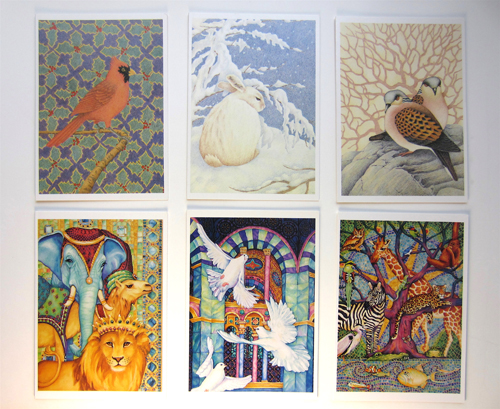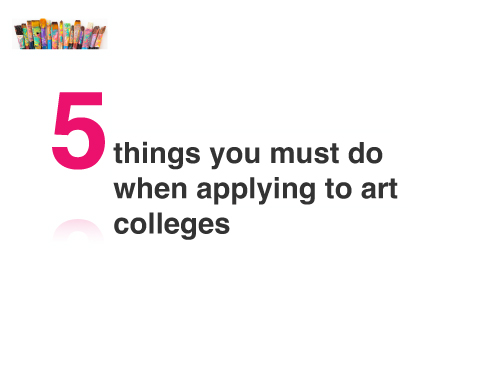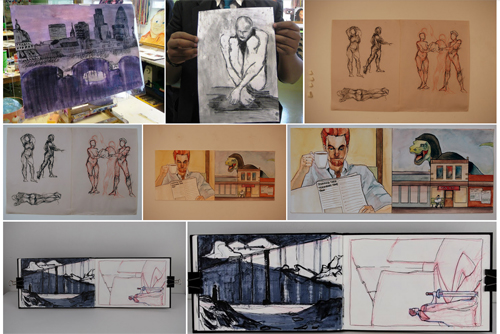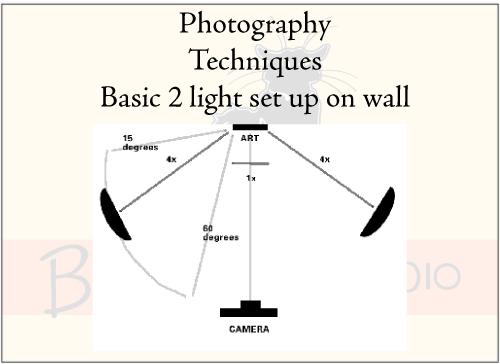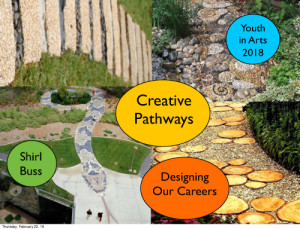On February 20th, as a special program during the “Rising Stars: 27th Annual Marin High School Art Show,” Youth in Arts hosted a panel discussion on “How to Pursue Art as a Passion and Profession.” We are so grateful to our panelists for sharing their experience and professional and life lessons with students and have received their permission to share some of their presentation materials here with those of you not able to attend.
Jane Baldwin spoke of her activism through photography, documenting the lives of the people of the Omo River Valley in Ethiopia.
Kanna Aoki, a painter who lives with her family in the East Bay talked about different ways she had put her college art training to use over the course of her career.
Kanna showed images of her work as a commercial artist, which she did both under the direction of commercial art directors (i.e. creating a specific image for a specific product) and “on spec” (developing graphics or patterns that companies might later decide to use in their product design or promotions). After starting her family, Kanna found the deadline-centric world of commercial art was no longer a match for her life. She grew her career as a painter, developing relationships with galleries that now show and sell her works–she also works on commission, creating paintings of specific views or images for clients. Kanna suggested students keep an eye out for galleries (or restaurants or other venues that show and sell art) that seem like they would be a match for your media and creative approach. Then do your research! Look them up online, reach out via email, try to make an appointment to show them your portfolio. “It’s important to remember that gallery staff are usually very busy–the gallery is where they work, meeting with clients, handling sales. You can’t walk in and expect to talk with them. You need to make an appointment.”
Steven Polacco, Associate Professor, Graphic Arts, Dominican University presented on “Five Things You Must Do When Applying To Art Colleges”.
Steven emphasized that students should do their research and find multiple schools to apply to that might meet their needs. The internet is great for research he noted but also urged students to “Get out there! Go visit these places and see what they are like in person.” He mentioned that if you meet with faculty on your visit, it’s a good idea to have some images of your work (i.e. on a phone or similar) that you can show them informally if you have a chance to do that. Not all faculty will take a look, but some will and it’s a good chance to get early feedback on your portfolio. When it comes to the portfolio itself, Steven urged students to pull together work that represents you and your artistic direction. He mentioned that sometimes you will want to “tweak” your portfolio for one school or another (certainly you need to meet whatever requirements they have). But don’t choose work to try to please this admissions committee or that one. Choose work that represents who you are as an artist and what you have to say. And, says Steven, “Have someone look at it!” He encouraged students to get lots of feedback before their applications are due, to make sure they are representing their work the way they want to. Finally Steven recommended looking at off-campus opportunities, programs in the community, summer programs, etc. Many art colleges have “pre-college” programs that can give you a sense of whether an art college will be a good next step for you.
Barry Beach, a teacher at Marin Academy, exhibiting sculptor and private college admissions consultant showed some “Do’s and Dont’s” for portfolio images you may use online or in other formats (link to examples here).
Some advice–keep the background free of distractions and as neutral as possible. Pay attention to how you crop your images to put your work front and center. Don’t be afraid to use photo editing tools to create a good, crisp image–while you don’t want to actually alter the underlying image, it’s definitely not “cheating” to adjust digital parameters (levels, brightness, shadows, etc.) to get a clearer image of your work. Barry also advised students keep and carry a sketchbook so that you are always creating images that may evolve into pieces in your portfolio.
Jay Daniel, owner of Black Cat photography (who also generously photographed work for students attending the workshop) spoke about his work as a technician creating high quality images for artists and about his experience in the art field at large.
Jay laid out elements to pay attention to when photographing work (PDF here) and went over a photography set-up that he said works for “75 to 90% of any artwork you might need to photograph” (PDF here). He also talked about how working artists need to balance creativity and financial sustainability. It’s a tiny percentage of artists, he noted, that can create absolute anything they want, however and whenever they want, and have that work out financially for them. You need to explore all your options and figure out what will work well for you. Will you be happy adjusting your work to an art director’s requests or creating work on a deadline that absolutely can’t be missed? Can you find someone who wants to buy the kind of work you like to create? He mentioned that when he was teaching a portfolio course in an art college, he required students to also create a business plan, something many of them resisted but that he felt was essential. At the same time he asked a “very successful artist friend” he works with what her advice for students would be and she said young artists need to balance the business side of art with their creativity and keep their practice “joyful.”
Finally architect, designer and educator Shirl Buss, walked students down the curving and creative pathway from a childhood love of building things with her father, to college at UCLA, to establishing a nonprofit around women in construction, to architecture school and her current work in both design and education.
Shirl talked with students about how the same ideas can come up again and again in different ways, creating new turns in the pathway–in Shirl’s case finding herself in a man’s world and deciding what to do about that, first in construction and later in architecture school; her love of teaching children of all ages throughout all the phases of her career; her enthusiasm for power tools (and especially for teaching kids to build with them!) and her interest in design and how humans shape the world around us. She encouraged students to be open and to explore and find their own creative pathways forward, which she is confident they will do!
We are so grateful to all our panelists and the California Arts Council for helping to make this happen–thank you!



